What’s an ophicleide?
Invented in the early 1800s, the ophicleide is a keyed brass instrument that looks (and sounds) like a combination between a saxophone and a bassoon.
Before the invention of the tuba, the ophicleide was the lowest brass instrument in the orchestra, filling a much needed gap in the bass texture as ensembles grew larger through the 19th century. It’s generally agreed that the ophicleide was replaced because the tuba was easier to play and was a more reliable instrument. But the two instruments aren't completely interchangeable: there are subtle tones in the lower notes that, when played quietly, are more sublime in the older instrument.
The Australian Romantic & Classical Orchestra’s ‘Midsummer Dreams’ tour in August 2023 featured ophicleidist Nick Byrne creating magical, haunting sounds in Mendelssohn's Overture to “A Midsummer’s Night Dream”.
In the liner notes of his solo ophicleide album ‘Back from Oblivion’, Nick Byrne describes how: “Being a trombonist, one learns to take certain playing characteristics for granted: consistency of sound, flexibility of intonation and acceptance by your peers, are but a few of the traditional benefits. None of these apply to those wishing to travel the long, difficult and often lonely road that all ‘ophiclidians’ must brave.”
“So why would one wish to pursue such an instrument? An injury was the catalyst for my journey with this obsessive instrument, however my interest was sparked many years earlier as a student, dreaming of its forgotten potential. For me, the ophicleide is unique. Its sound is resonant and vibrant in its upper registers, yet warm and gruff in its lower – a sound like no other.”
Curious to hear this instrument? You can listen to the ‘Midsummer Dreams’ concert on demand via the Australian Digital Concert Hall.
Image: Robert Catto Photography
Nick Byrne spends most of his time playing trombone with the Sydney Symphony Orchestra in the Sydney Opera House, playing the ophicleide (and riding and repairing motorbikes) in his spare time.
Image: Ken Nakanishi/Hikari Photography



